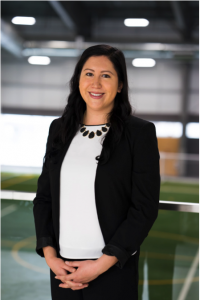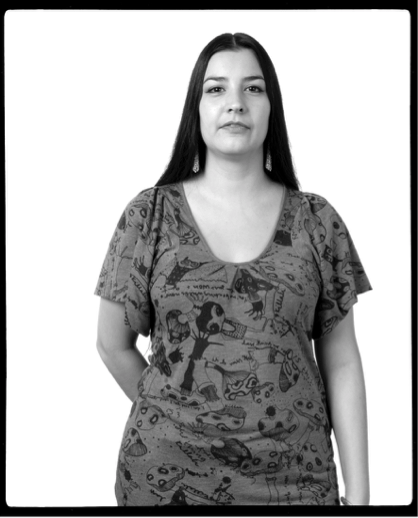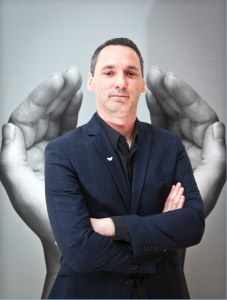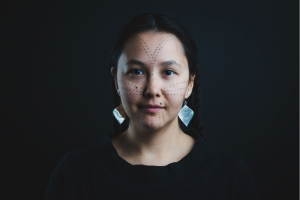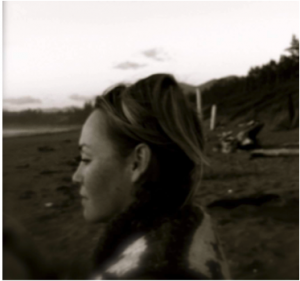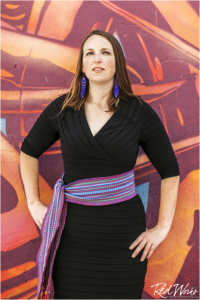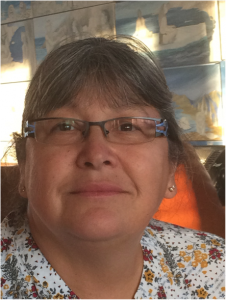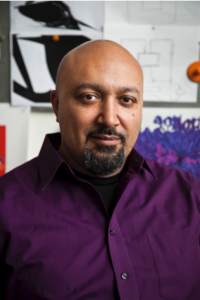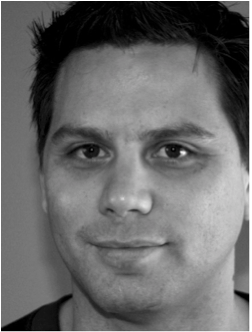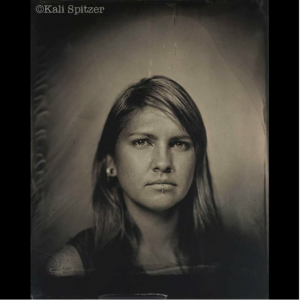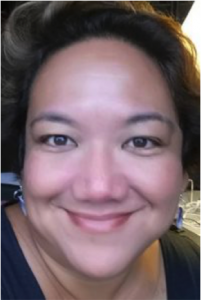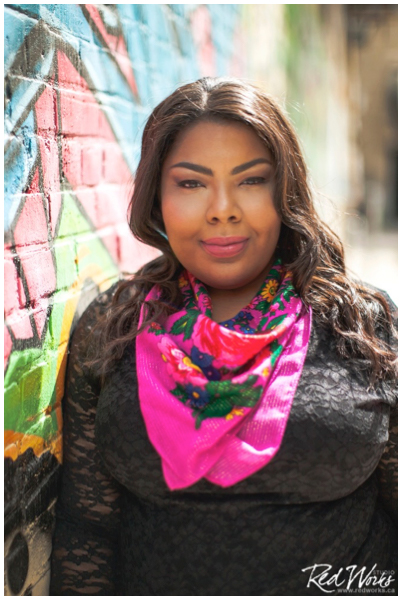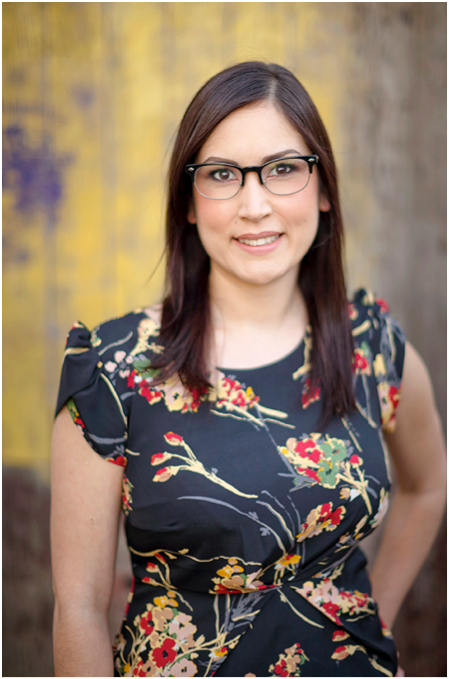Elisa Harkins at the Indigenous Futures Cluster
by Darian
November 23, 2017
Our new public-event branch, “Indigenous Futures Cluster Presents” invited Elisa Harkins (Cherokee/Muscogee), composer and artist, to speak at Concordia on October 27th. She received her BA from Columbia College Chicago and her MFA from the California Institute of the Arts. Her work uses music, sculpture and the body in the concept of “Performing Life”.
Her style of music combines traditional Cherokee music scores and electronic/dance music. She started with two animated music videos she had made called The Ham Dance and Buffalo. The videos are bright, colourful and fun. The Ham Dance is an animation of a yeti and a polar bear hanging out and having fun dancing. The Buffalo animation is a loose telling of the origin of the Blackfoot Indian “Buffalo Dance”.
A large portion of her performance, entitled “Wampum”, was also shown. Dressed in beautiful Cherokee powwow regalia, Harkins dances and sings in English and Cherokee. She dances barefoot as futuristic music plays, creating a mesmerizing show.
Following this she presented a video called Plains Indian Sign Language where she signed the story of a friend’s death. The video is powerful in its simplicity and introduced the concept of hunter’s sign language to many of those in attendance.
Harkins also shared music she had made for portions of Skawennati’s newest machinima project, The Peacemaker Returns”. Nightcore, dance and electronic music styles mixed with Indigenous rhythms to create themes for characters and scenes. Her work is a little strange and very interesting; take the time to watch her videos and performances to see for yourself one of the many forms Indigenous art can take.
